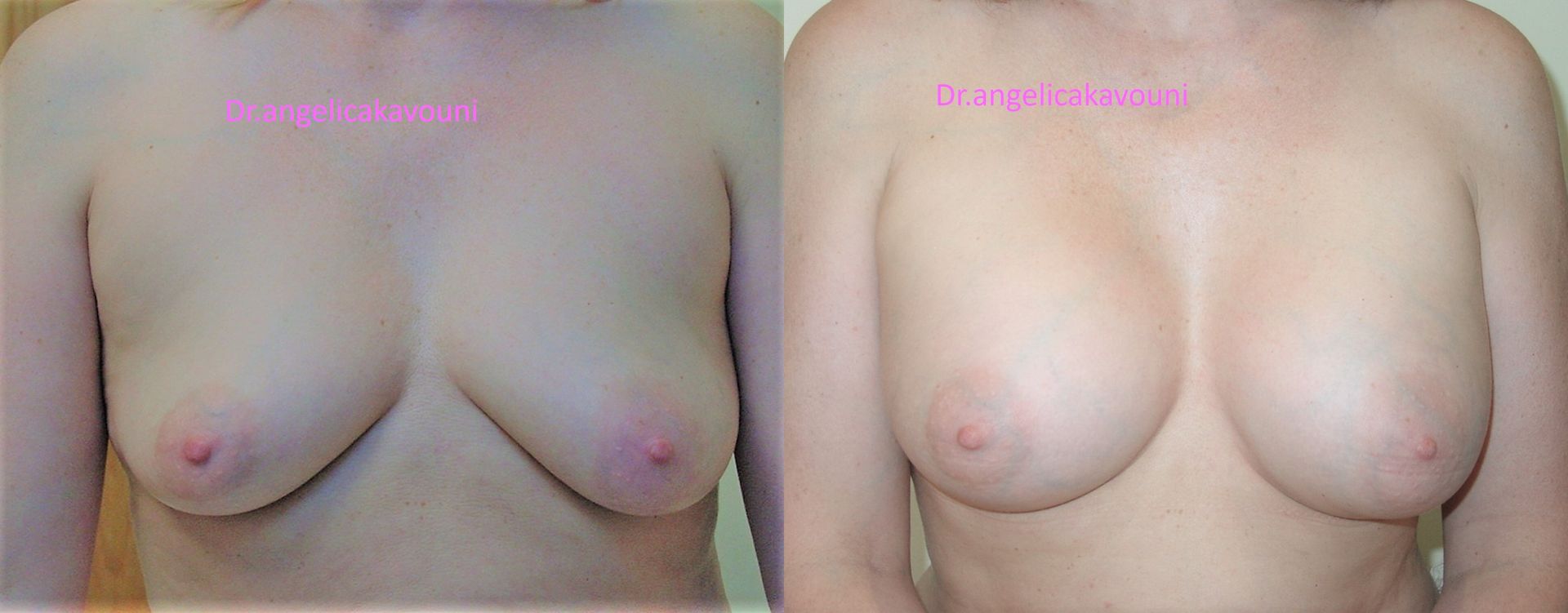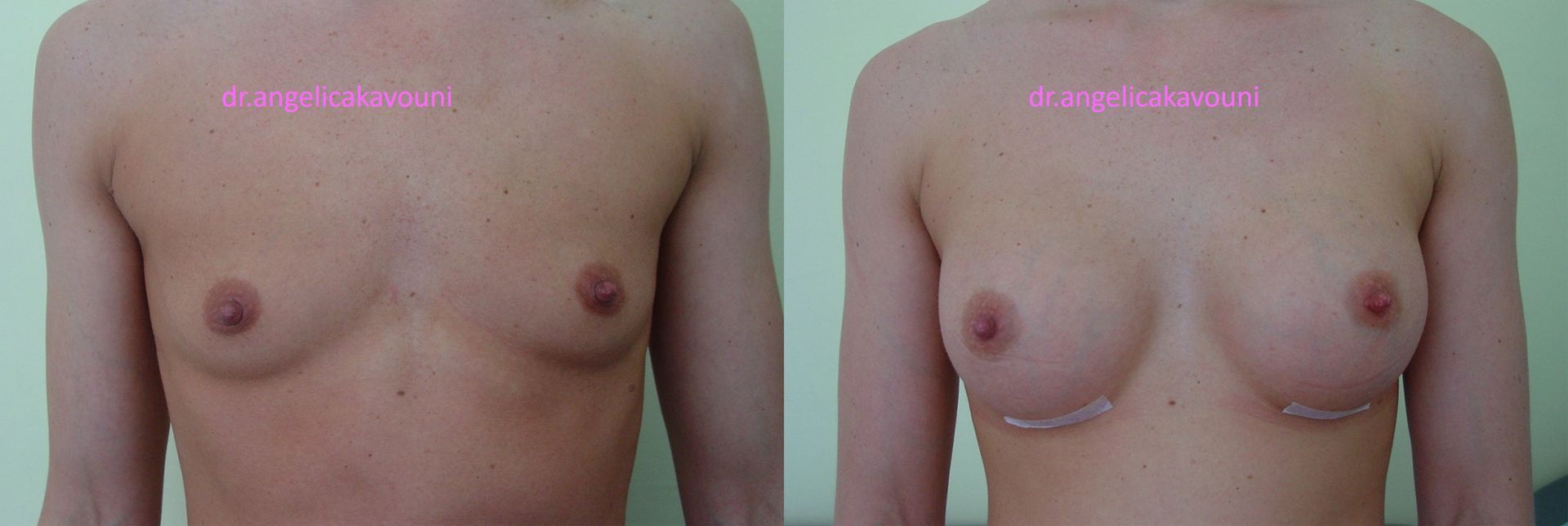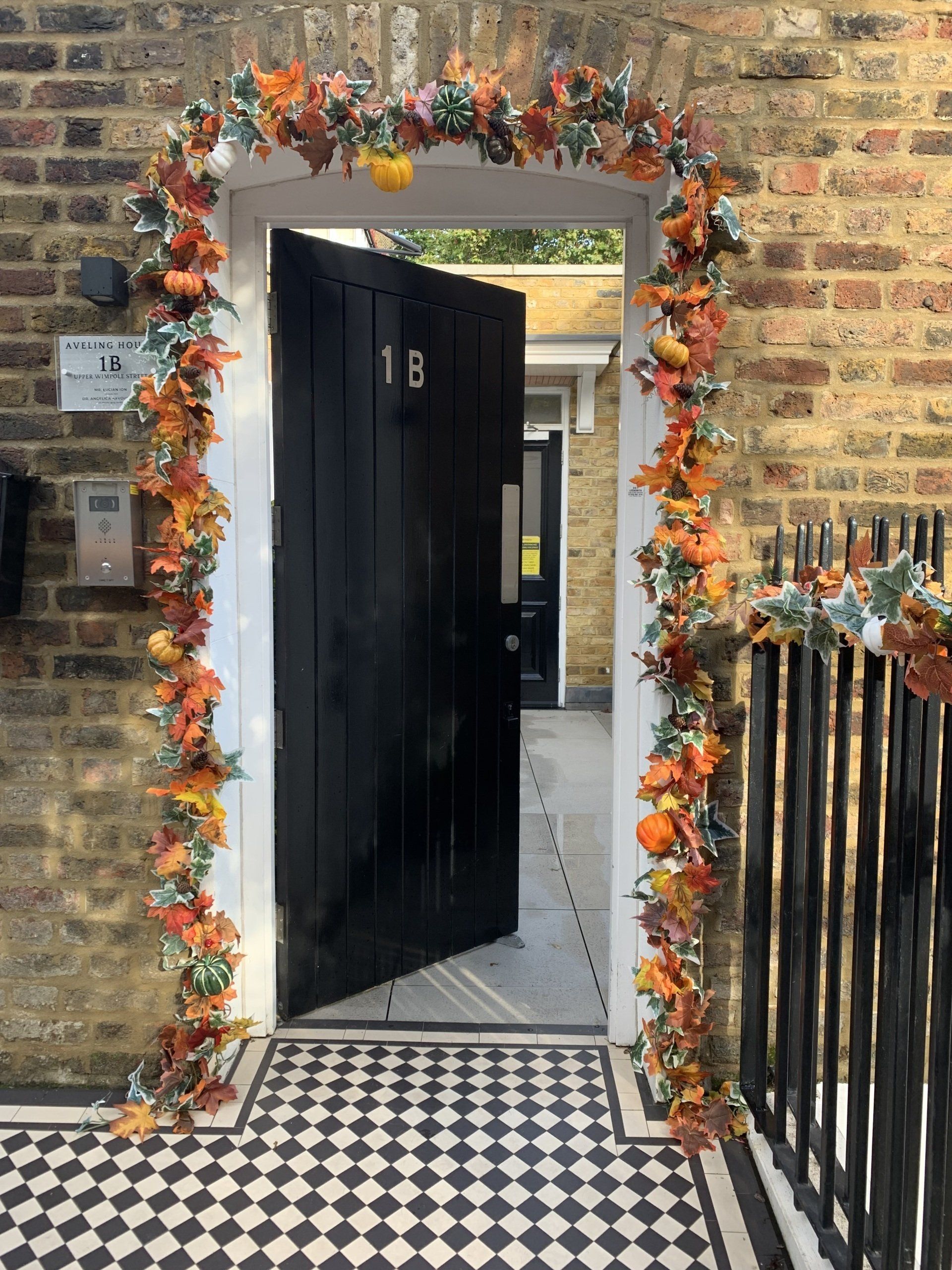Breast Augmentation

Slide title
Write your caption hereButton
Slide title
Write your caption hereButton
Introduction
Breast augmentation or mammaplasty is the operation where artificial means are used to increase the size and/or shape of the breasts. The implants can be saline or silicone prostheses.
Many women consider having breast augmentation in order to improve their breast size or shape because they think their breasts are too small, uneven in size or unattractive. Some women have breasts that do not fully develop or have significant change in size or shape after pregnancy, weight change or ageing.
Breast augmentation can be carried out to correct drooping breasts but may require an additional uplift procedure. (See information sheet on mastopexy).
The decision to undergo breast augmentation should always be a personal one. You should not consider this procedure to please someone else. Like all aesthetic plastic surgery procedures, breast augmentation will not resolve any of life's major problems and cannot be expected to do so.
The media have voiced many individual concerns regarding the safety of breast implants used during breast augmentation. Please read carefully the information sheet provided regarding the safety of silicone implants and feel free to discuss it at length with Ms Kavouni during the breast augmentation consultation.
The Operation
Breast augmentation is carried out under general anaesthesia. There are a number of techniques of breast augmentation. The most popular is insertion of the prosthesis through the sub mammary crease under the breast, via an incision approximately 5cm long.
Another breast augmentation method is where access to the breast is gained through an incision on the nipple-areola, but this is less commonly used.
A third breast augmentation method involves an incision in the armpit and the placement of the prosthesis underneath the pectoral muscle may be preferred but this will be fully discussed with Ms Kavouni as there are some benefits and disadvantages.
After making a 5cm incision in the breast crease, Ms Kavouni creates a pocket under the breast tissue in front of the pectoral muscle. Bleeding points are sealed and the prosthesis is inserted into the pocket. The breast augmentation incision is closed with dissolving sutures and covered with a light dressing. A sports bra which you should bring with you is put on after the operation.
After breast augmentation, a supportive bra needs to be used day and night for the first six weeks, but it may naturally be taken off for shower or bath. The initial tapes should be left undisturbed for the first week, by which time the wound will normally be healed. Subsequently, it is advisable to apply Micropore® tape to the breast augmentation scars for another 4 - 6 weeks, as it often leads to a better quality scar.
After the operation
After breast augmentation the breasts will be tender and swollen for a few days and it is advisable to limit arm movements and take the painkillers prescribed. Most women feel ready to drive on the third day. To help decrease the swelling and bruising taking Arnica for a week prior to breast augmentation and 2 weeks afterwards is advisable.
Postoperative haematoma (a collection of blood under the breast) may occur in the first 24 hours after breast augmentation, which is why limitation of arm movements is advised. Should this happen, it may necessitate a return to the operating theatre but this would not affect the long term outcome.
After breast augmentation there may be changes in nipple and breast sensation, which are usually temporary. It is fairly common for the skin above the incision to feel somewhat numb for some months but this rarely extends to the nipple. Complete loss of sensation is more common in large volume augmentation as the severely stretched nerves have more difficulty recovering. Some patients describe increased sensation, which can last for two or three months.
Infection with breast augmentation is fortunately very rare and will exhibit itself by swelling and redness appearing up to three weeks after surgery. Should this complication occur, it would mean the removal of the implant allowing the infection to clear before reinsertion of a new prosthesis.
The most common complication following breast augmentation is capsular contraction. This is when the scar tissue shrinks around the implant squeezing it so that it feels firm or in some cases quite hard. Most capsular contracture post breast augmentation stems from using smooth shell breast implants but with modern textured surface implants the incidence of encapsulation is low, probably around 5%. It is not known why this condition develops in some cases and not others. Extremes in athletic activity (such as marathon running) are a definite factor but normal activities such as aerobics, badminton etc. do not appear to cause this problem. If it is necessary to relieve the firmness of a breast augmentation contracture it may be appropriate to surgically release the capsule under general anaesthetic. Several medications are currently under trial after having shown positive effects on capsular contracture.
Summary
There is no known link between silicone breast prostheses and increased risk of breast cancer or autoimmune disease. Please read more regarding these issues regarding breast augmentation on the web page of the Independent Review Group on Silicon Breast Implants, commissioned by the UK Government.
Regular breast self-examination is important for every woman and is still possible after breast augmentation. If you find a lump you should inform your plastic surgeon immediately and although silicone causes shadows on x-rays, mammography can still be performed by an experienced radiographer and does not cause a problem.
Scars following breast augmentation are a consideration. They are noticeable initially but will assume normal skin colour in time dependent upon the healing characteristics of the individual. Thick and lumpy scars (keloids) are fortunately extremely rare, but may require specific treatment.
There are long term implications of a breast augmentation procedure. This is because it is only sensible to assume that breast implants will not last forever and may need changing. This however would be many years in the future.
Breast augmentation (mammaplasty) is a well known, tried and trusted technique, which has been performed for the last thirty years on more than three million women worldwide. Results are very good, and the majority of women undergoing this procedure appear delighted with their figure and report both increased confidence and new quality of life.
Contact Us
We will get back to you as soon as possible.
Please try again later.
Aveling House1B Upper Wimpole Street
LondonW1G 6AB(Entrance in Weymouth Street)
Call: 020 7486 9040
Call Us
London
Content
APS Ltd Registered address: 52 High Street, Pinner
Middlesex HA5 5PW

